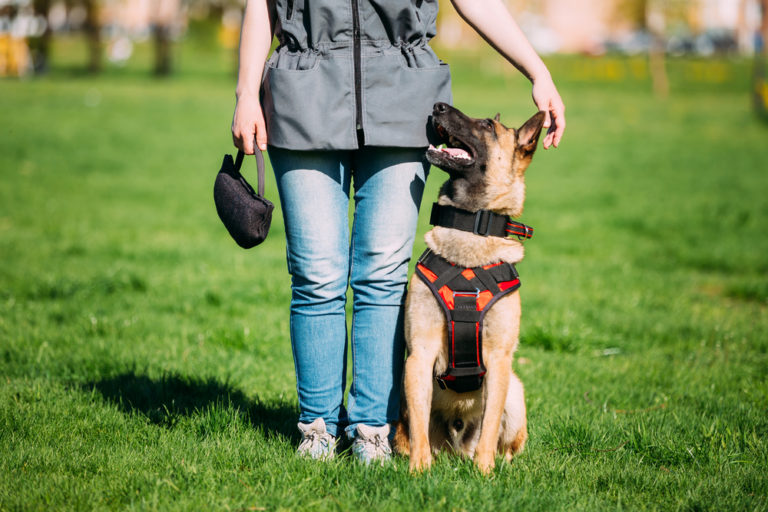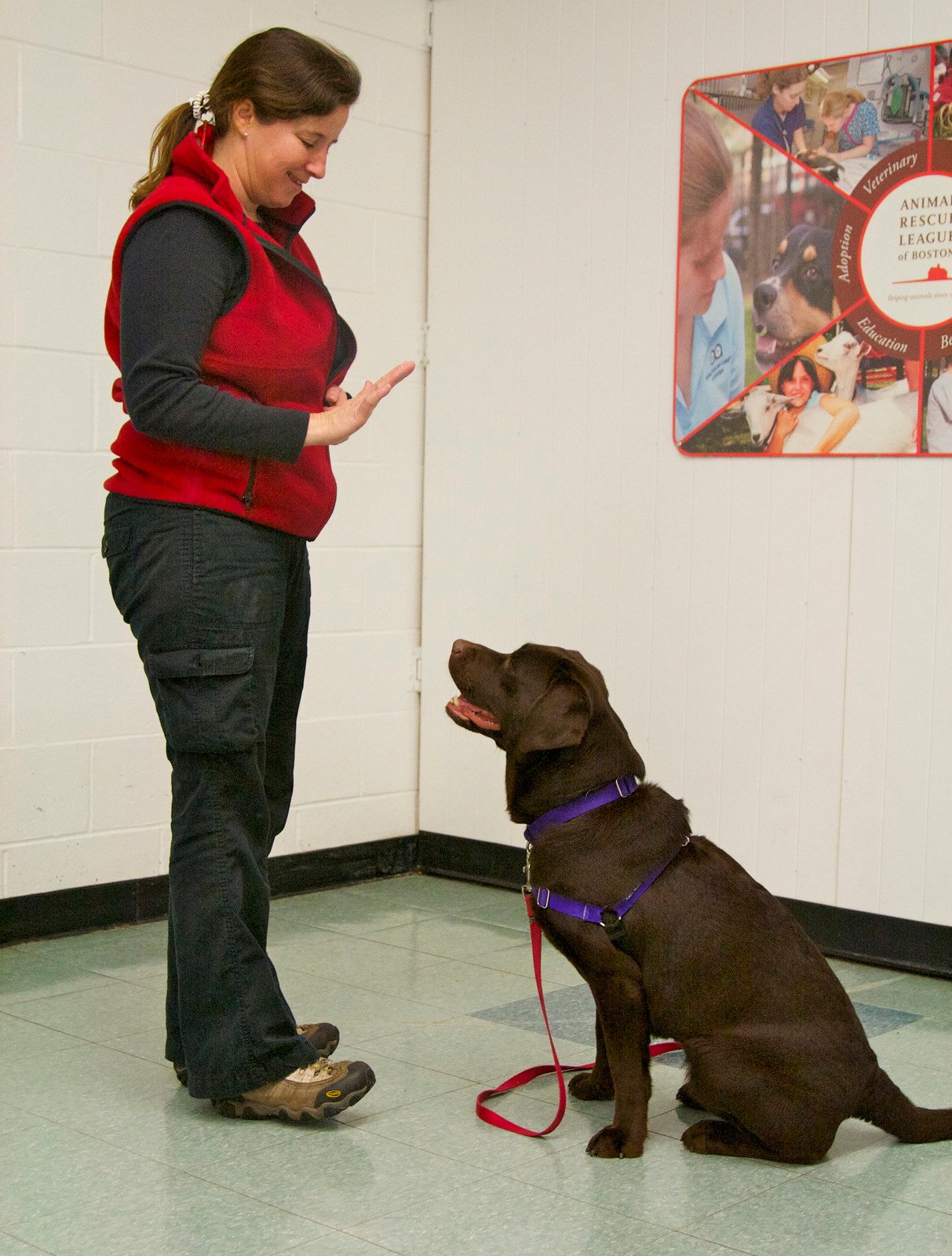how to dog training
How to Dog Train: A Complete Guide
Introduction
Training your dog can be one of the most rewarding experiences, but it can also be one of the most challenging. There are a lot of different factors to consider when training a dog, and it's important to have a solid understanding of what you're doing.
This guide will provide you with everything you need to know about dog training, from the basics of housebreaking and obedience to more advanced skills like agility and rally. We'll cover everything in detail, so you can be confident that you're giving your dog the best possible training.
Part 1: The Basics of Dog Training

Housebreaking
Housebreaking is one of the first things you'll need to do when training your dog. It's important to start this process as early as possible, ideally when your dog is still a puppy.
The best way to housebreak your dog is to use a crate. Crate training helps to teach your dog that going to the bathroom in the house is not acceptable. When you put your dog in the crate, it should be for a short period of time, such as overnight or when you're not home. You should also take your dog outside to go to the bathroom every few hours.

Obedience Training
Obedience training is essential for every dog, regardless of its size or breed. Obedience commands like sit, stay, come, and down will help you to control your dog in a variety of situations.
The best way to train your dog obedience commands is to use positive reinforcement. This means rewarding your dog with treats or praise when it follows your command. You should also be patient and consistent with your training.

Part 2: More Advanced Dog Training
Once your dog has mastered the basics of housebreaking and obedience training, you can start to move on to more advanced skills. Some popular advanced dog training activities include agility, rally, and tracking.
Agility training is a great way to give your dog both physical and mental exercise. In agility training, your dog will learn to run through a course of obstacles, such as jumps, tunnels, and weave poles.

Rally training is similar to obedience training, but it's more challenging. In rally training, your dog will learn to perform a series of commands in a specific order.
Tracking training is a great way to test your dog's scenting abilities. In tracking training, your dog will learn to follow a scent trail.
Part 3: Common Dog Training Problems

No matter how well you train your dog, there's always a chance that it will develop some bad habits. Some of the most common dog training problems include barking, chewing, and jumping up.
If your dog is exhibiting any of these problems, there are a number of things you can do to correct the behavior. Here are a few tips:
- Barking: If your dog is barking excessively, you can try to deter the behavior by ignoring it, giving it a time-out, or using a bark collar.
- Chewing: If your dog is chewing on furniture or other objects, you can try to redirect its attention to chew toys, provide it with more exercise, or give it a calming supplement.
- Jumping up: If your dog is jumping up on people, you can try to train it to sit instead, or you can use a training collar to discourage the behavior.

Conclusion
Dog training can be a rewarding experience, but it's important to be patient and consistent with your training. With a little effort, you can teach your dog to behave well and become a well-rounded member of your family.
Additional Resources

- The American Kennel Club's Guide to Dog Training
- The Humane Society of the United States' Guide to Dog Training
- The PetMD Guide to Dog Training
Thank you for exploring our website by how to dog training. Your presence fuels our commitment to excellence. Come back for a more enriching experience!
